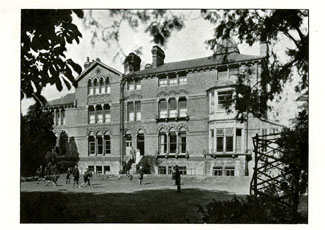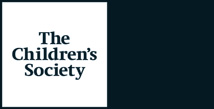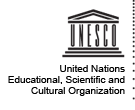St Augustine's Home For Boys, Sevenoaks
St Augustine's Home For Boys, SevenoaksSevenoaks, Kent (1921 - 1938) The Home was opened and dedicated on 22 November 1921 as a Peace Thanks offering to mark the end of the First World War. The building had been used as a school and was therefore well equipped with light airy rooms and storerooms, as well as an isolation room for use in times of illness. It also had a large vegetable garden. In 1922 a Scout and Cub Troop for younger boys was started at the Home and by 1926 Sevenoaks was one of the largest of the Homes, being divided into separate living quarters, entitled: Philip Sydney, Francis Drake, George Herbert, and David Livingstone. The separate dormitories acted much like a school house, as boys were awarded marks for good work or behaviour. The marks would then be scored in competition with the other dormitories. Donations from friends of the Society in 1930 meant it was possible to equip the Home with instruments and start a band. As a result, plans were also made to build a practice room, which would also serve as a gymnasium. By 1932 the Home had become a 'Special Training Home' for army bands and the minimum age of residents had been raised to take boys from 12-15. The band was very successful and played at local concerts and church bazaars. In 1935 St Augustine's band played when the patrons of the Society, the King and Queen [King George VI and Queen Elizabeth, later Queen Elizabeth, the Queen Mother], visited south London as part of their Silver Jubilee celebrations. In 1936, at the request of the Home Office, St Augustine's became an Approved School under the Children and Young Person's Act of 1933. St Mary's in Felixstowe had also been given approved school status in the previous year, again at the request of the Home Office. The Home closed in June 1938 and the property was sold. |




